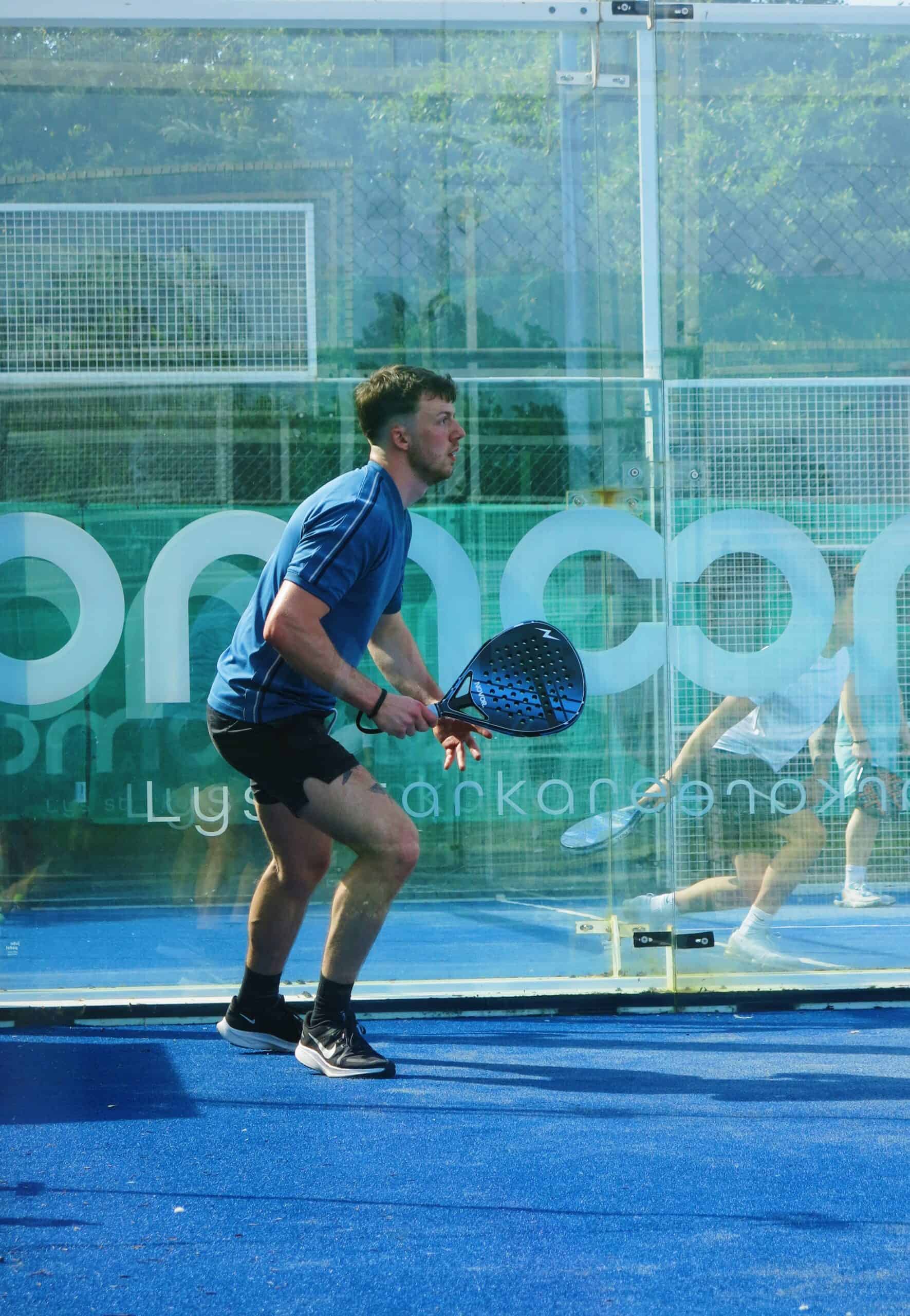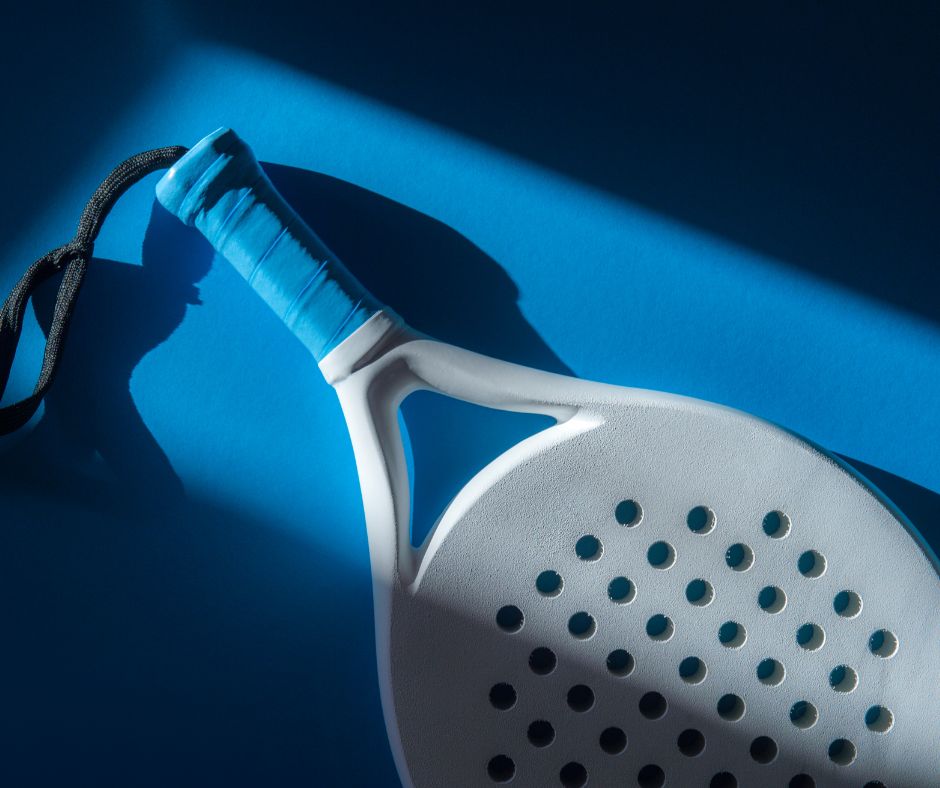
As more and more people try the exciting sport of padel tennis, one of the most critical decisions they face is buying a padel racket. Your racket can significantly impact your performance on the court, and making the wrong choice can affect your game. This blog will discuss the 3 biggest errors most people don’t look out for when buying their racket.
The first and most common mistake people make is neglecting the materials used in the construction of the racket. Padel rackets are typically made from two main materials: carbon fibre or fibreglass. Each material offers different playing characteristics.
Carbon fibre rackets are known for their lightweight, powerful and durable characteristics. They are the first choice for players who are looking for a premium racket. On the other hand, fibreglass rackets offer a cheaper alternative for beginners or those who prioritise a forgiving racket over a power racket. These rackets are most commonly used for either rental rackets, or when buying a padel racket for new players.
Often beginners will choose a padel racket that is designed for a much higher skill level than what they are yet ready for and may find it difficult to control the power output of a high end, expensive racket. This often happens when they see they favourite players using these rackets and influence their choice, although beginners should look for a more controlling racket with a larger sweet sport and lighter frame. Then they can gradually upgrade the better the more they progress. When buying a padel racket you will notice they come in a wide range of prices so make sure you don’t overspend and get the right racket for you.
The second mistake people often make is ignoring the importance of racket shape and weight. Padel tennis rackets come in various shapes, with the most common options being diamond, round, and teardrop. Each shape affects the racket’s balance and playing style.
– Diamond-shaped rackets offer more power and are ideal for aggressive players.
– Round-shaped racket’s provide better control and are great for defensive players.
– Teardrop-shaped rackets strike a balance between power and control, making them suitable for all-around players.
Additionally, the weight of a padel tennis racket plays a crucial role in performance. Lighter rackets are easier to manoeuvre and are suitable for beginners or players looking for control. Heavier rackets provide more power but may require a higher level of strength to use effectively.
Choosing the wrong shape and weight can lead to discomfort and hinder your ability to play at your best. Therefore, you should always consider your playing style and physical abilities when buying a padel tennis racket.

The third major mistake when choosing your padel is neglecting to assess the grip size of the racket. The grip is the part of the racket that you hold, and it comes in different sizes, usually indicated with numbers such as 1, 2, 3, etc. The right grip size is crucial for maintaining comfort and preventing injury during play. A grip that is too small can lead to blisters and discomfort, while a grip that is too large can make it difficult to maintain control over the racket. To determine the correct grip size for you, speak with a professional or try various sizes to find the one that feels most comfortable in your hand.
Overall, be sure to do your research on what will work best for you, don’t overspend and make sure you feel comfortable with your choice.
Manging Director
We’re dedicated to upholding the highest standards of customer service and delivering on providing premium padel rackets. Please explore our extensive list of reviews to see what our customers have to say!
Super, top quality gear and a super helpful team. Have definitely secured my future business. 🤩
I had the chance to try the Novor padel racket last weekend and I was very surprised with the quality, weight and it’s balance distribution. Very good relation price quality and highly recommended. Very good effort and work developing their first official product by the guys of Novor!
What a stunning racket. Very good price, especially for a carbon racket, delivered in 2 days, comes with a nice bag. Beautifully designed and made, looks the business and feels very nicely weighted. Can't fault it. I just need to get better at the game to justify having such a nice piece of kit!

Elevate your padel game with Novor – Precision | Power | Performance. Unleash your potential with our padel rackets designed in London.
VirtualRock Ltd trading as Novor (™) 2023 . All Rights Reserved